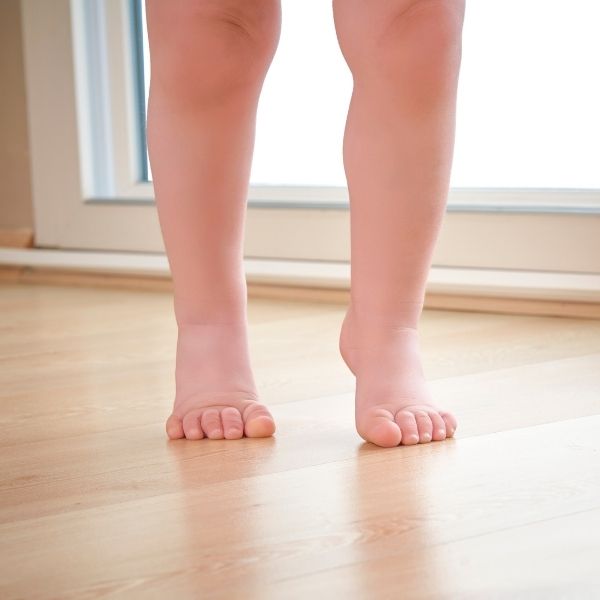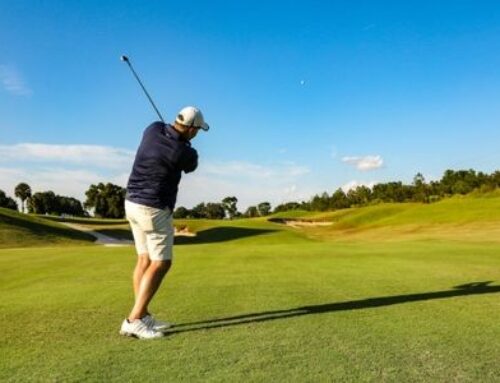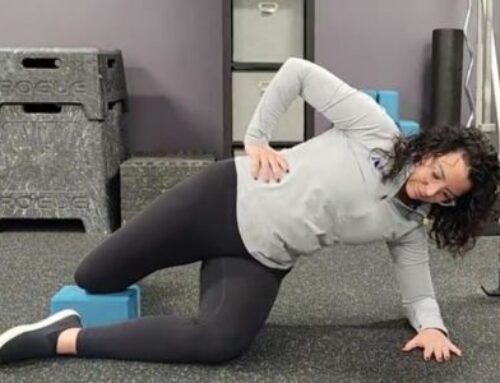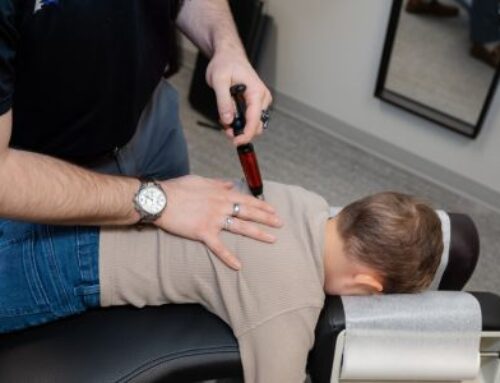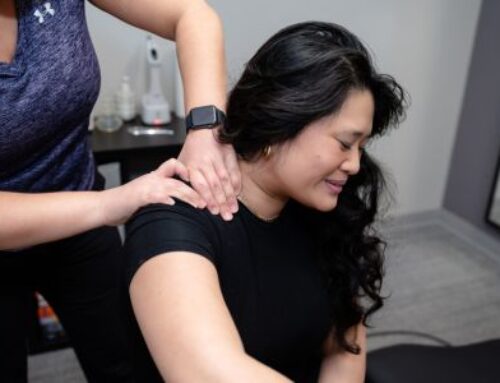In the past few months I have had a few parents ask me about their toe walking toddlers. They are wondering if it is a normal part of the beginning stages of walking. Is it “bad”? Is it due to something they did early on? How do we fix it? Well, just like all the education we provide in the office, there isn’t one simple answer.
Usually before a child walks independently, they begin to pull themselves up on furniture and cruise along it. Parents usually say this is where they first see the toe walking, so let’s break it down. Furniture is designed with adults in mind most of the time and so when your child is pulling up on your couch, it is often far too tall for them. They want to be able to see over the cushion so they make themselves a bit taller by going up onto their toes. Also, since this is such a new task for them, the small muscles in their ankles and feet often are not fully developed so using a larger muscle group (calf) is easier for them to be more stable while standing. Here you have a few options to help the situation.
First, pull the cushions off the couch, or whatever furniture they are standing up with, it will make the surface shorter and since they won’t need to look higher, they might stay more flat on their feet. A good rule of thumb, is we want the surface to be slightly below their armpits so they can play on the surface comfortably. There is no reason to worry about your child being up on their toes for the first few weeks as this milestone is emerging. If it has been more than a few weeks, get on the floor with them and gently pull their hips down to encourage them to be flat on their feet. The closer to the edge the toy they are playing with is, the more likely they will keep their feet flat. You might also notice that as they cruise along the furniture they are walking on their toes but as soon as they stop to play or look around they drop onto the whole foot. Again, this is fine at first because they are using a larger muscle to help them along as the smaller ones gain strength and function.
As the child gets older and you would consider the walking milestone mastered and they are walking on their toes more than about 70% of the time is when we need to ask a few more questions. Toe walking is considered idiopathic most of the time. Idiopathic is the term used when there isn’t a known or obvious cause. It could stem from tight calf muscles, there might be a sensory component to this, maybe they just have a preference to walk on their toes. Some experts question if using a standing container during infancy contributes to this. There is not a solid answer to this yet, however it clinically makes sense that it *could* be contributing. When placing an infant in a standing container that is too tall for them, they try to increase their stability by touching the ground and standing on their toes is the best option for them. If you want to use a standing container, I suggest adding some towels or blankets to the bottom so that your child can stand flat footed on them to avoid this. I always suggest avoiding jumpers of any sort though, because developmentally children do not jump until around the age of 2 and allowing them to do this early, again, is priming the calf muscles for work they are not yet ready for (the hips are also developmentally not ready to handle the load of a jump).
I usually ask parents if their child is able to touch their heel to the ground when climbing stairs or if they squat while playing. Answering yes or no to these questions does not necessarily mean it’s good or bad respectively, it just gives me a starting point to know where your child is at that moment. In the office we do muscle work on the calf and can adjust the joints in the legs to increase the range of motion, but just like with adults we need to be able to utilize that range of motion so parents go home with homework to do with their kids just like we send adults home with rehab exercises.
A few tips to start with:
-
Verbal cues- it can be really helpful to say something like “feet flat” or “heels down” or something similar when you see them up on their toes.
-
Stepping in and out of something- use an empty box or tote because a single leg stance can help tremendously. If you don’t have either of these things available, sit with your legs extended and space between them to have your child step over top of one then the other.
-
Play in a squatting position- find something to keep their attention for a bit like sensory play or a puzzle. Start with small increments and increase it as they tolerate it. This position is a natural way to stretch the calf muscles and can help decrease toe walking
Dr. Caitlin is always willing to answer any questions you may have about your child’s development so reach out to her and schedule an appointment today!

